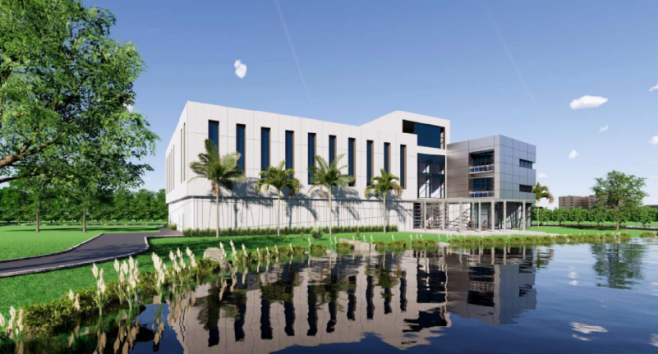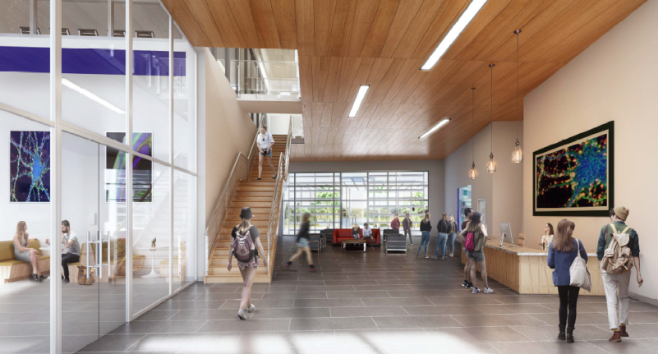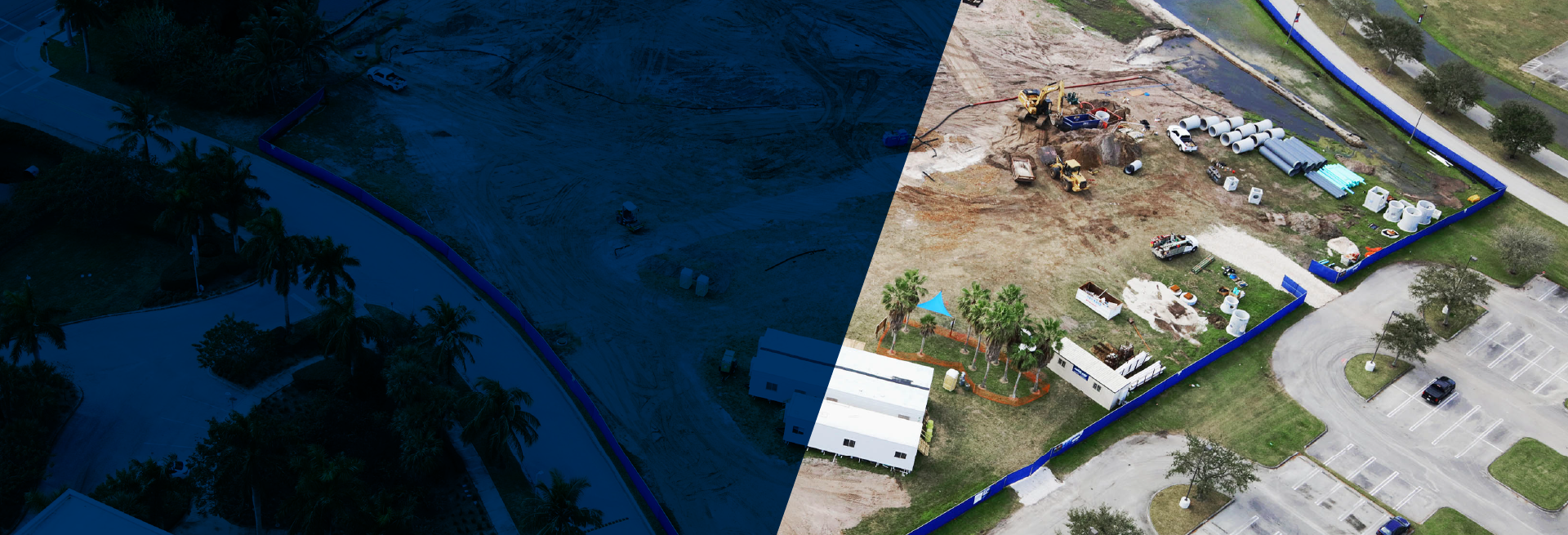

Neuroscience has flourished so dramatically over the past two decades at FAU that the university has given it a home of its own.
Construction recently began on that home – FAU’s Neuroscience Research Building, a 58,000-square-foot, state-of-the-art building located on FAU’s Jupiter campus. The $35 million project will provide laboratory, lecture and small meeting space to support research, the hiring of new faculty, and rich educational experiences for trainees in neuroscience and its partner fields of biotechnology, bioengineering, bioinformatics/computer science, biochemistry and psychology. The building will also facilitate collaborations with FAU’s renowned research neighbors, the Scripps Research Institute and the Max Planck Florida Institute for Neuroscience, on FAU’s home turf.
With a projected Center for Comparative Medicine, a Center for Cellular Neuroimaging and a Center for Computational Neuroscience, the Neuroscience Research Building delivers a key component of the University’s Strategic Plan for the Race to Excellence, 2015–2025, where neuroscience was designated one of the four “pillars,” or key focus areas, for its investment in research and education.
Expanded space for collaborative research can translate into growth in federal funding, employment opportunities and private grants. “The new building will allow us to recruit outstanding faculty and promote collaborations with existing scientists. The private sector will see the critical mass we possess in neuroscience and want to invest, not just in the activity within this facility, but more broadly across FAU,” said Randy Blakely, Ph.D., executive director of FAU’s Brain Institute and professor in the Charles E. Schmidt College of Medicine. “We see the research investments made here as a key piece in encouraging biotech companies to move into the area. We are certainly excited for the opportunity the new building presents — including the launch of new programs and centers,” he said. The new building will also be home to the Brain Institute’s new Program in Neuroimmunology and Glial Biology, directed by Ning, Ph.D., a professor in the College of QuanMedicine, and a leader in the field of psychoneuroimmunology.
Research on the interactions between the immune system, the central nervous system, and behavior in relation to brain cancer, brain trauma and fundamental brain mechanisms will complement work on brain disorders at the Center for Comparative Medicine, neural circuits at the Center for Cellular Neuroimaging, and analysis of large data sets at the Center for Computational Neuroscience.
Diversity is the key to the neuroscience ecosystem in Jupiter thriving. There’s diversity in the questions scientists ask, in their methods of scientific inquiry as well as their personal identities. The new building will take advantage of that diversity by opening its doors to new faculty bringing further expertise, and opportunities for high school students, undergrads and postdoctoral fellows to collaborate with world famous researchers, raise unanticipated questions, and possibly surprise discoveries that spring from offhand conversations over a lunch table in the new cafeteria. Contemplating the future, Blakely said, the Neuroscience Research Building can make contributions that range “from molecules to mankind — exciting times indeed.”
